Images at large
Rhianna Turnbull7–29.9.2024
231 Northdown Rd
Margate, Kent
CT9 2PJ
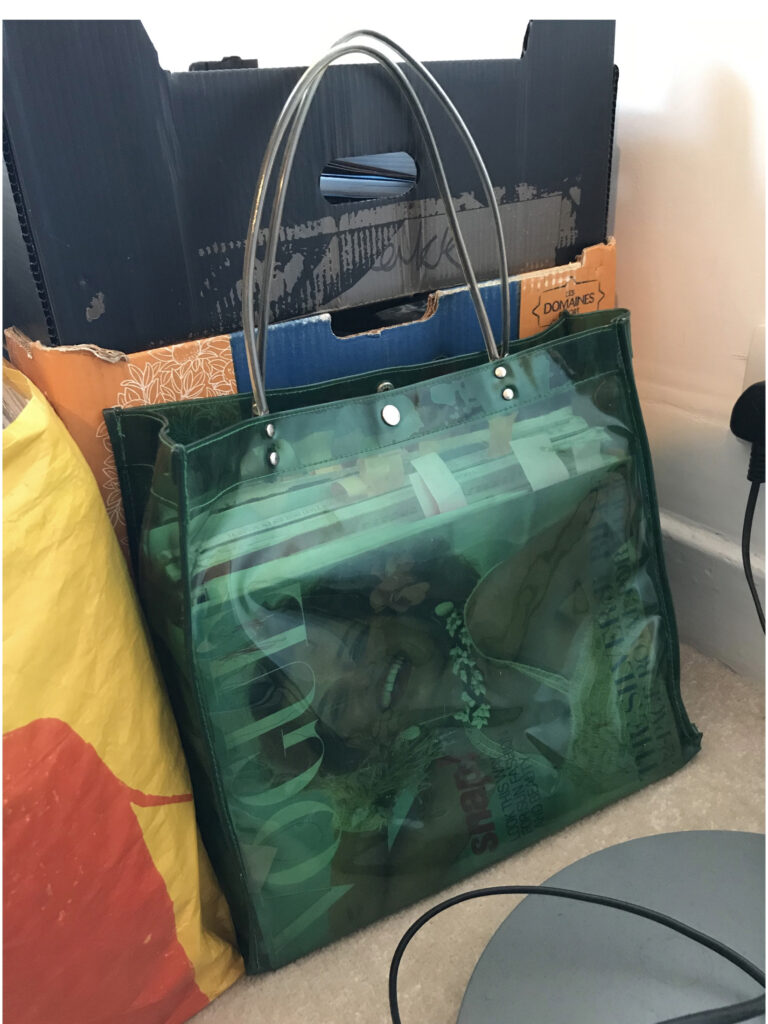
Throughout the practice of Rhianna Turnbull, which encompasses a variety of media from modes of appropriation to painting and collage, work emerges subjectively – facts are eschewed in favour of an almost unconscious inclination towards material. Seeking the personal within the general, information is internalised and the works become self-reflexive sites of exchange.
Charlotte our babysitter. Her friends Elaine and Angie would come round sometimes. Once they all got drunk and a tennis racket was thrown from the garden through the sitting room window. Me and John were already in bed. In recent years I laughed with Charlotte as I asked her about Angie and Elaine – who’s name was always pronounced EElaine! Which obviously isn’t really a name at all.
A water colour painting executed from life looks out from the kitchen window in the house where the artist grew up.
Once John and Charlene went missing. All the adults were saying no-one would have taken them – and this was the case, no-one had taken them. The whole neighbourhood was looking for them. They were found playing chess in the bike shed in Louisa’s front garden. I believed this for years but then I realised it might not be true.
The photographs which depict Selfridges department store represent a process akin to the unfolding of the subconscious. Here images act symbolically, referencing interpersonal relationships and wider societal dynamics embedded in the fabric of the artists upbringing, which she is compelled to re-imagine. Selfridges is taken as a structure where the visible relations between the protagonists are shot through with the quotidian, emotion and the slippery cohesion of class dynamics.
The taking of the photographs was outsourced to the artists friends – people who were in London. Rhianna then sorted through hundreds of files, selecting images or parts of images with particular resonance. The layered and refracted materialisation of this body of work goes towards an articulation of the complexities which society offers us.
In the re-staging of Roy Lichtenstein works via the format of the framed postcard an attitude is leaned into. The intricate relationship between the particular and the cliché is explored. Within this handling the subject matter becomes altered. There is a subliminal slippage offered by the process, which points us somewhere but we’re not sure where.
-
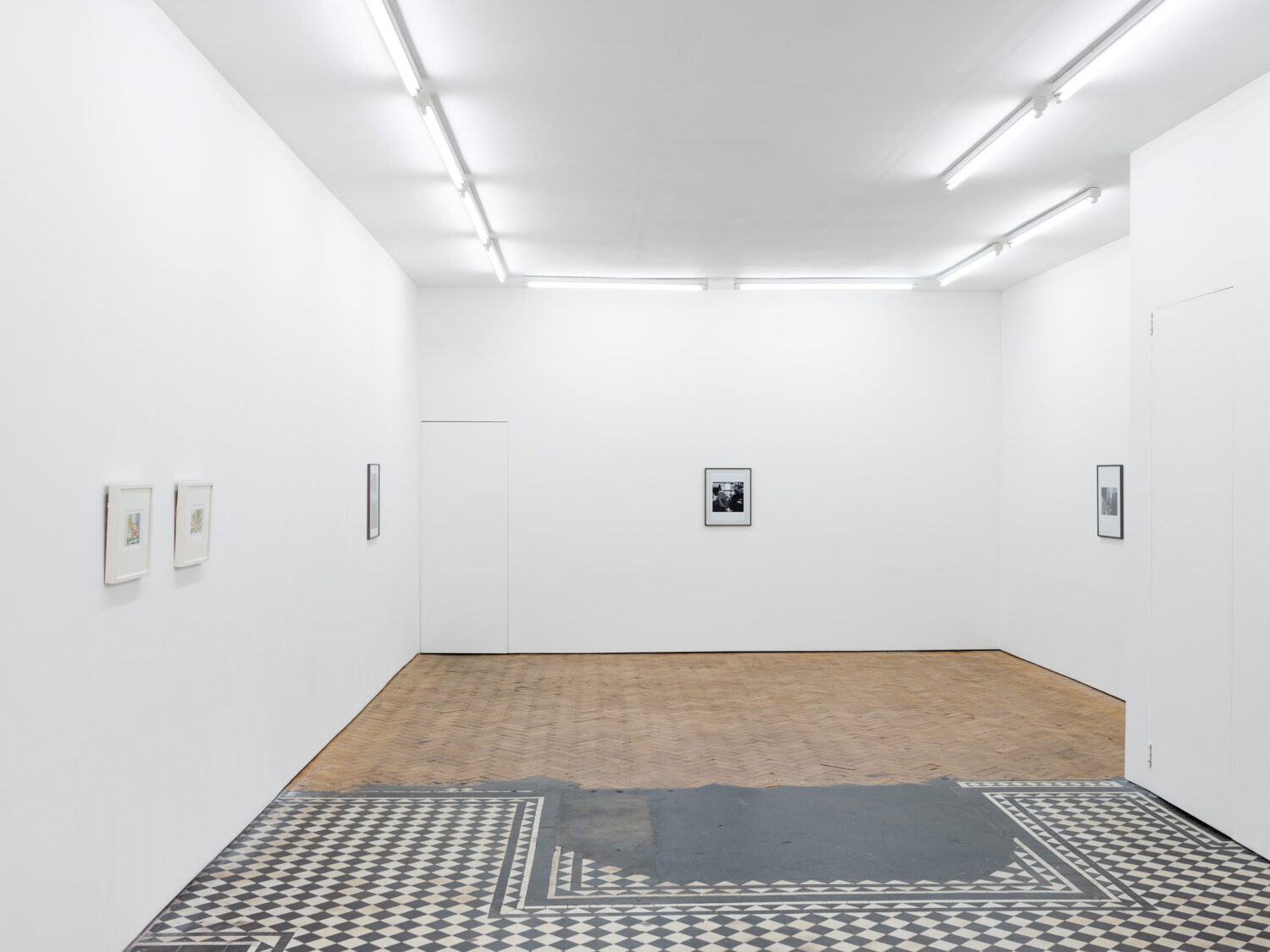
Rhianna Turnbull
Images at large, 2024 (Installation view) -
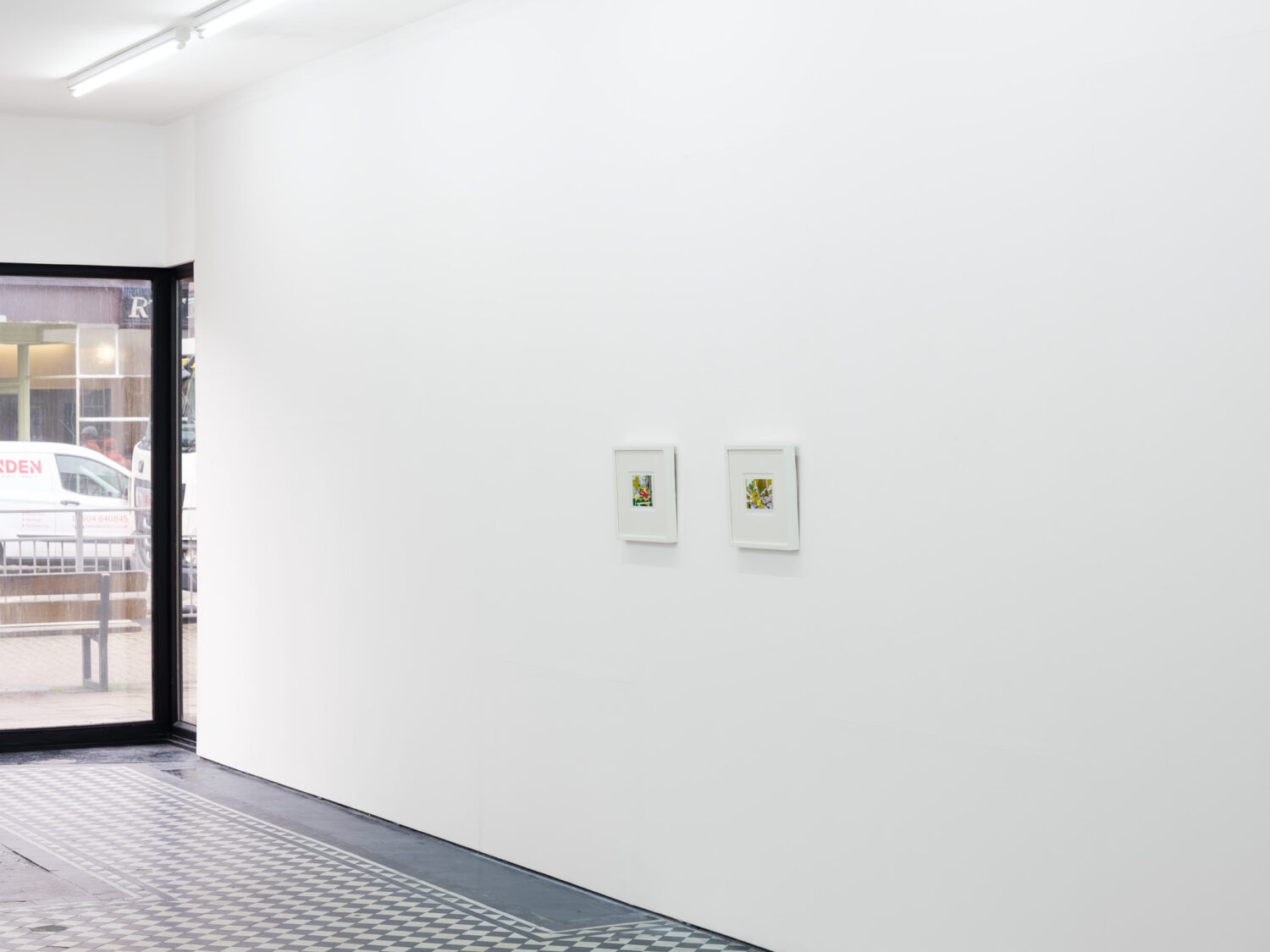
Rhianna Turnbull
Images at large, 2024 (Installation view) -
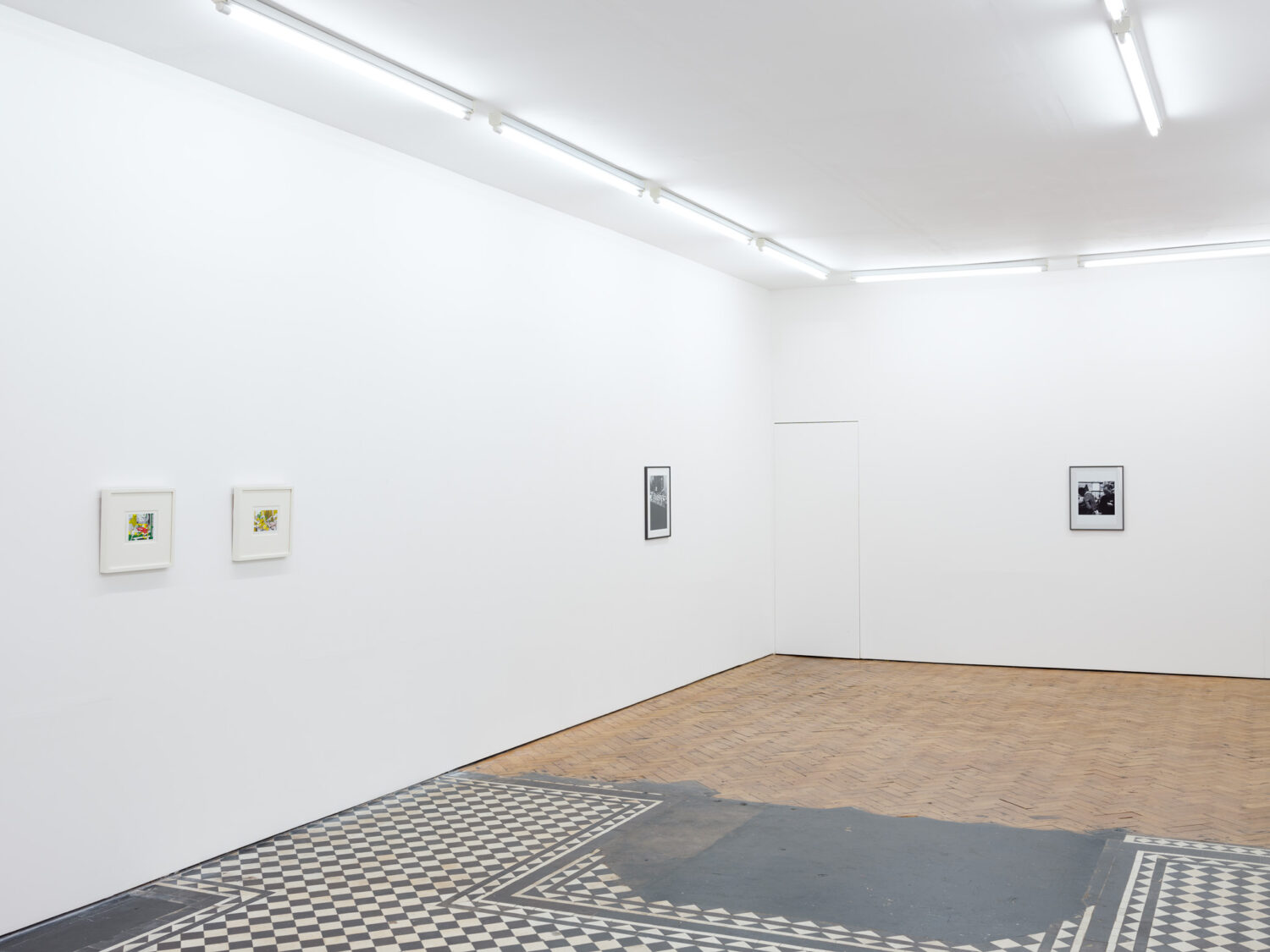
Rhianna Turnbull
Images at large, 2024 (Installation view) -
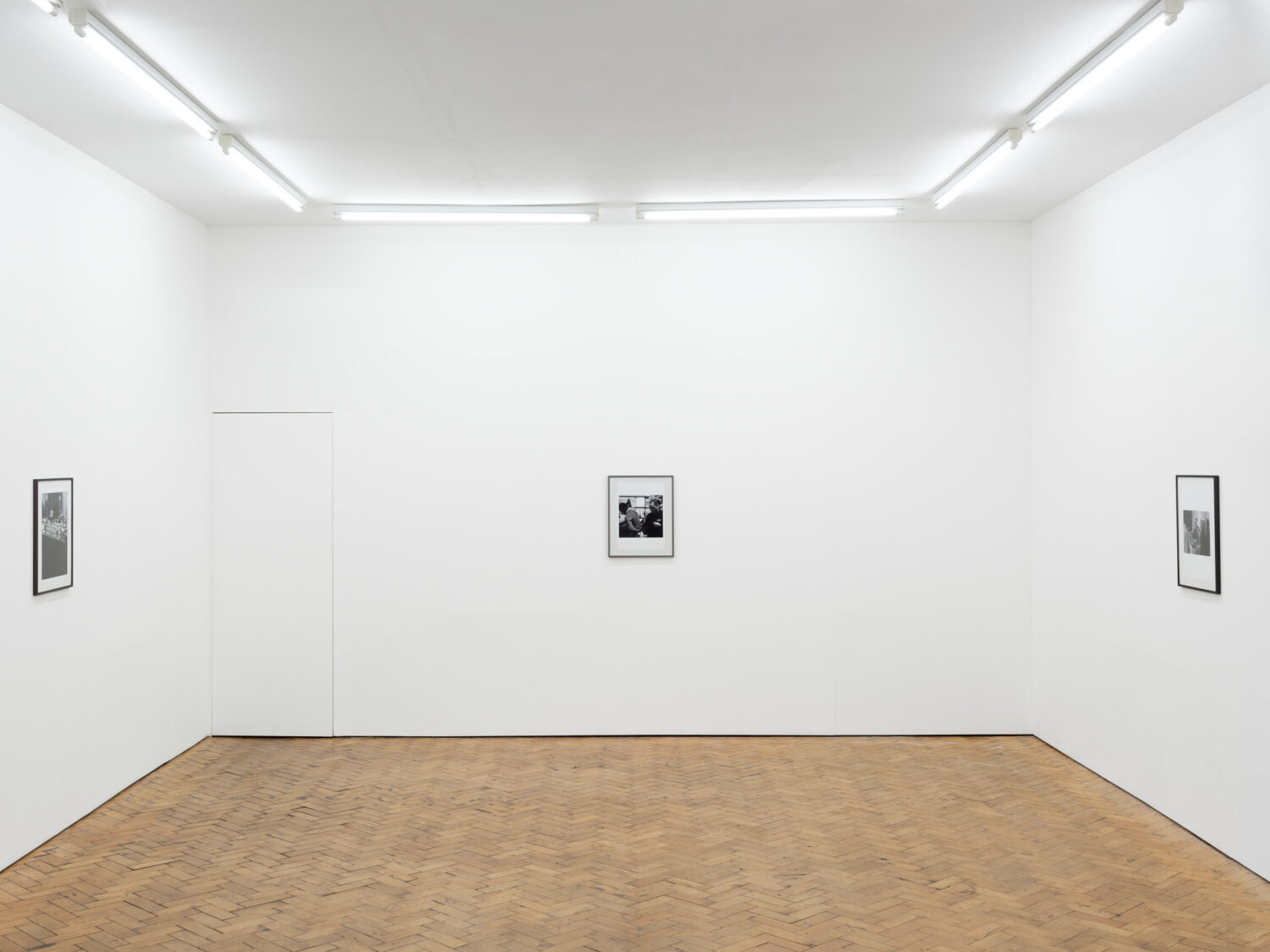
Rhianna Turnbull
Images at large, 2024 (Installation view) -
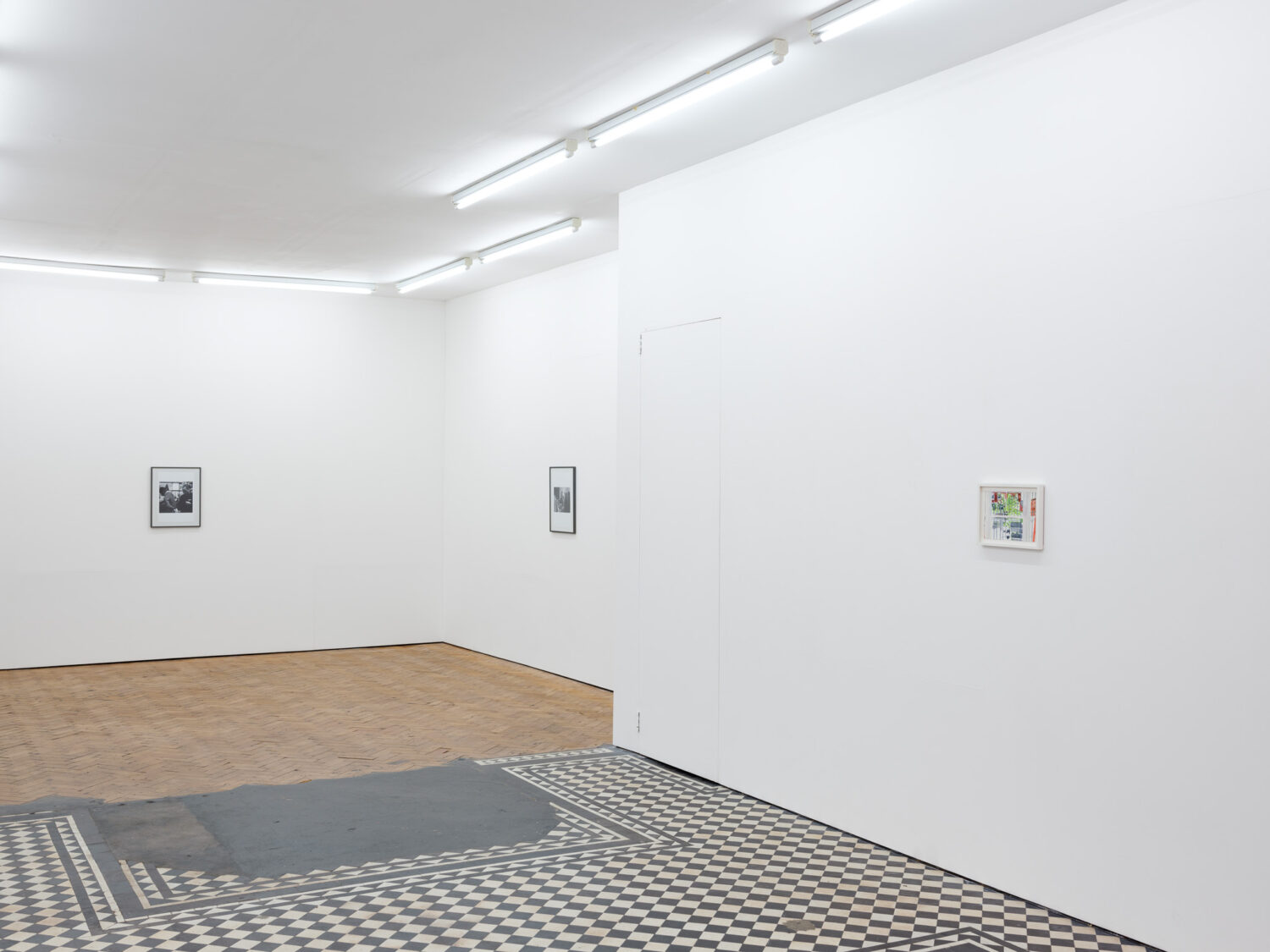
Rhianna Turnbull
Images at large, 2024 (Installation view) -
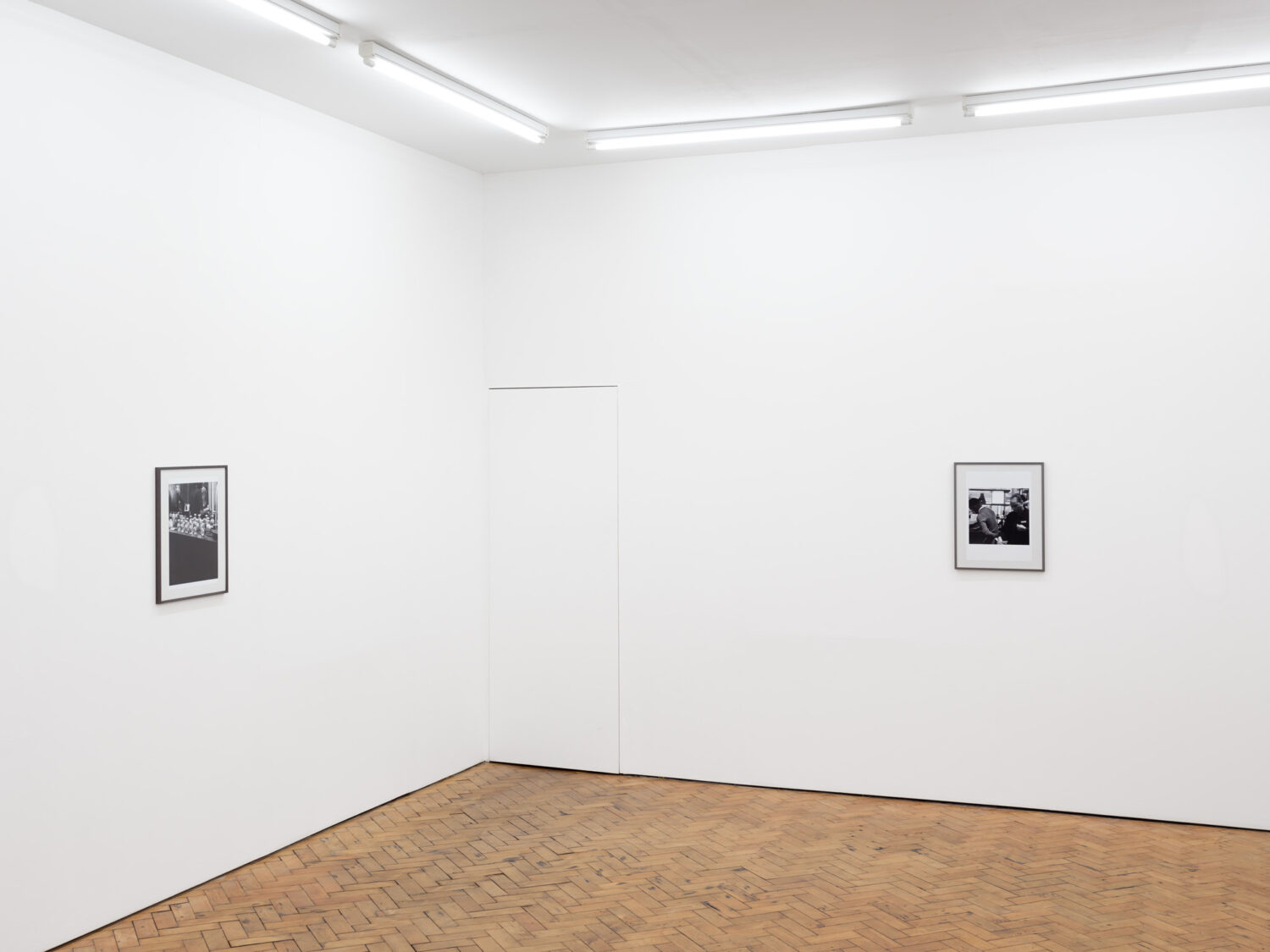
Rhianna Turnbull
Images at large, 2024 (Installation view) -
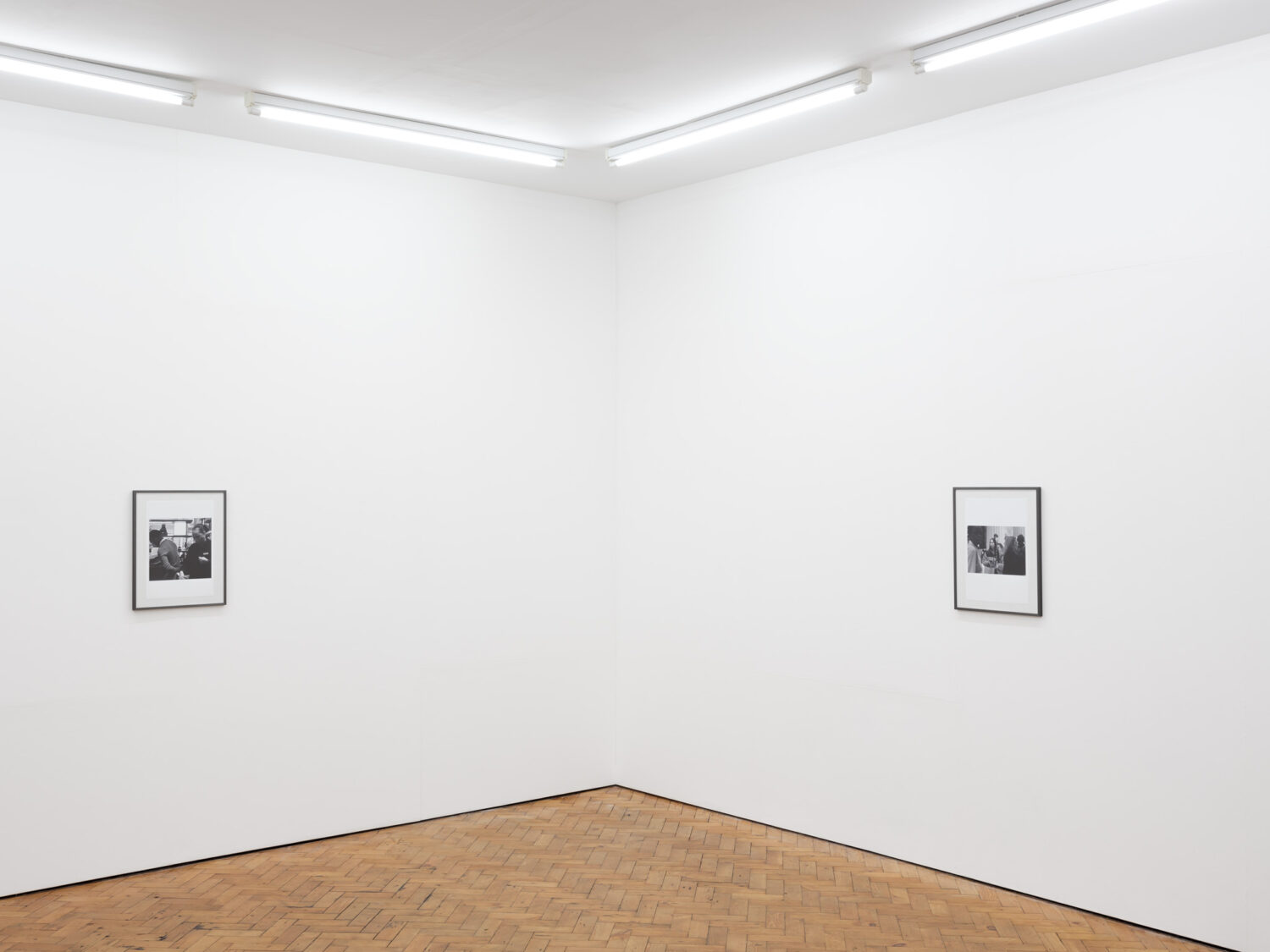
Rhianna Turnbull
Images at large, 2024 (Installation view) -
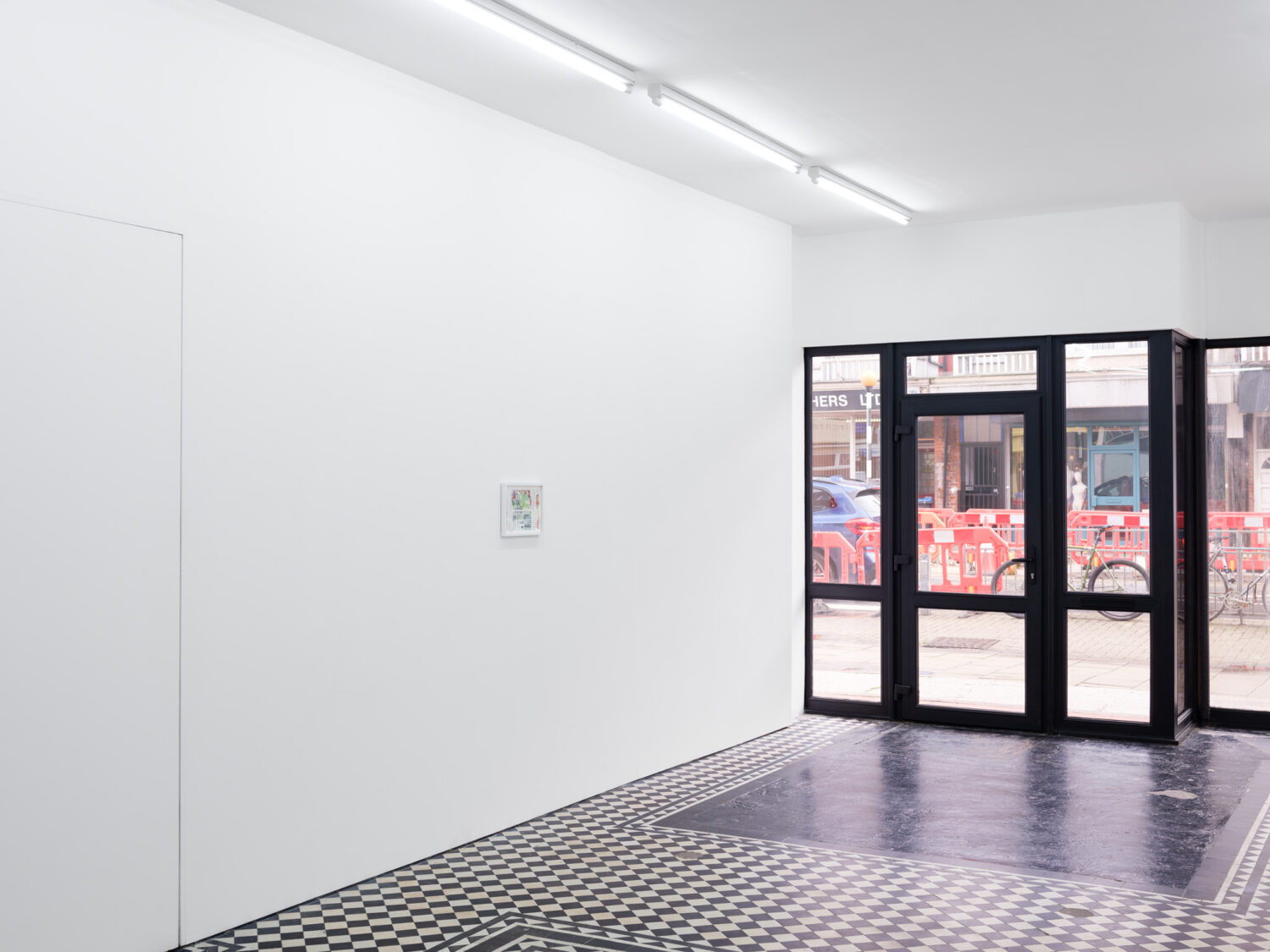
Rhianna Turnbull
Images at large, 2024 (Installation view) -
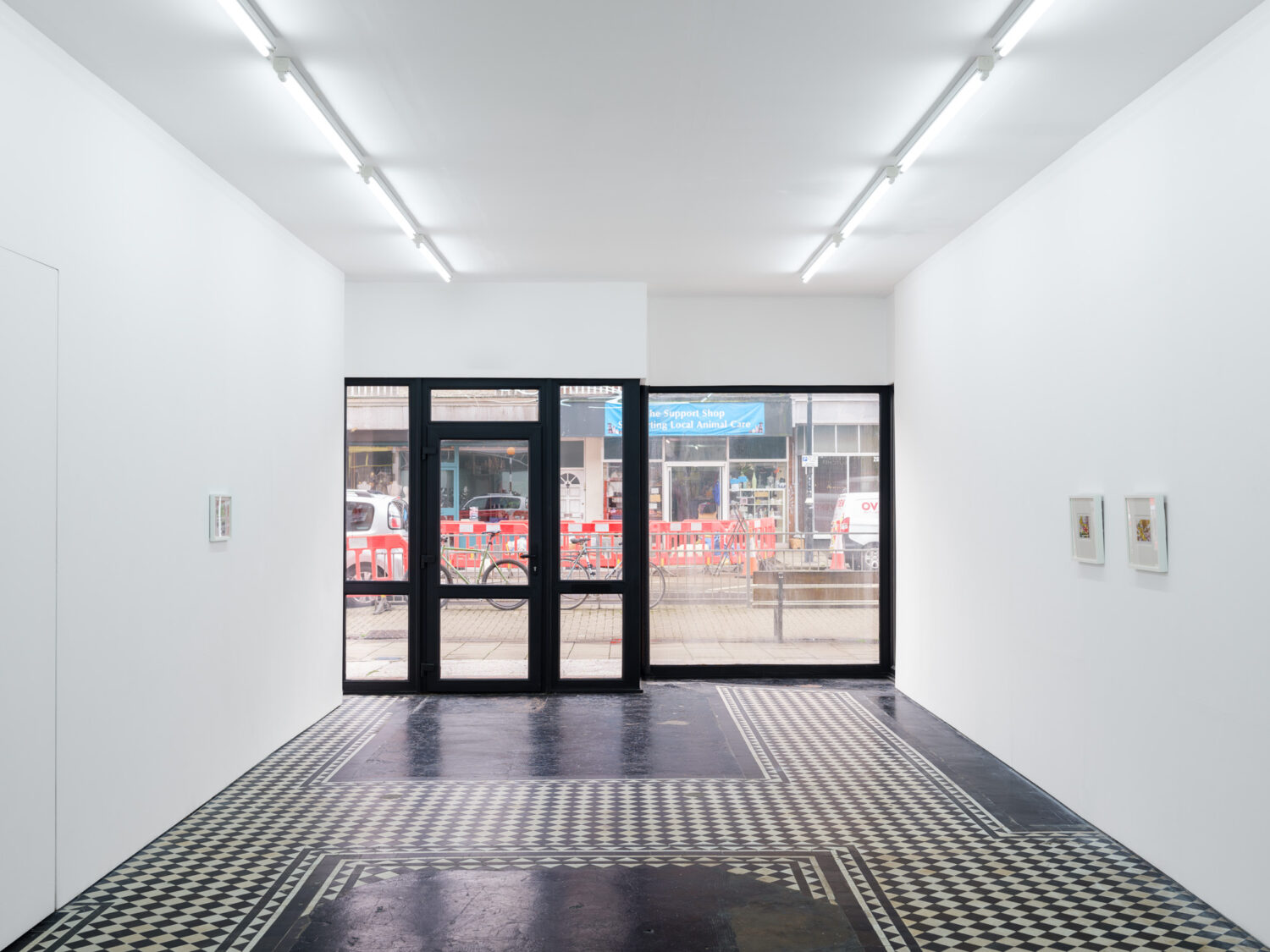
Rhianna Turnbull
Images at large, 2024 (Installation view) -
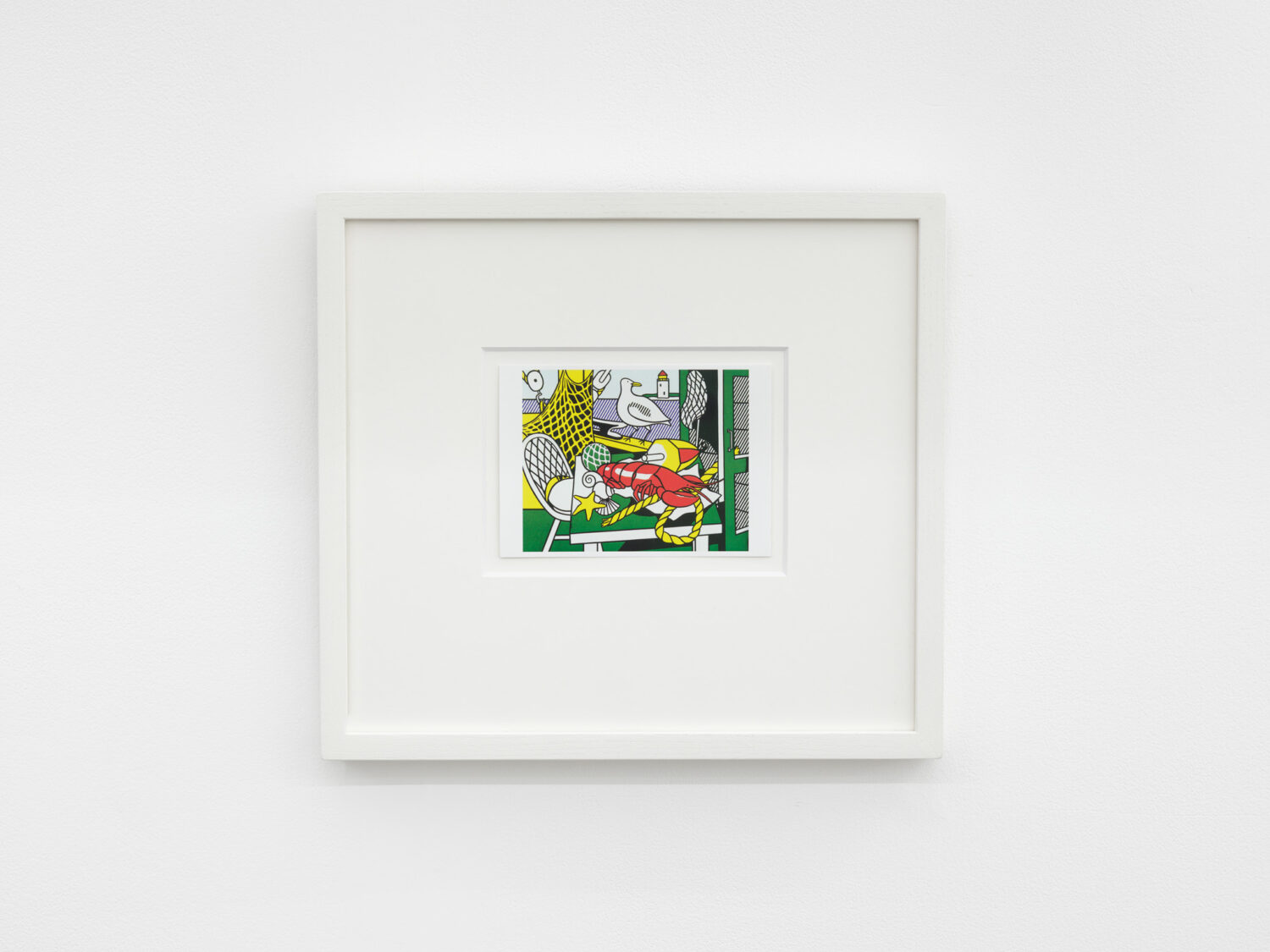
Rhianna Turnbull
Untitled, 2024
Framed digital print on card
34 × 31 × 3 cm -
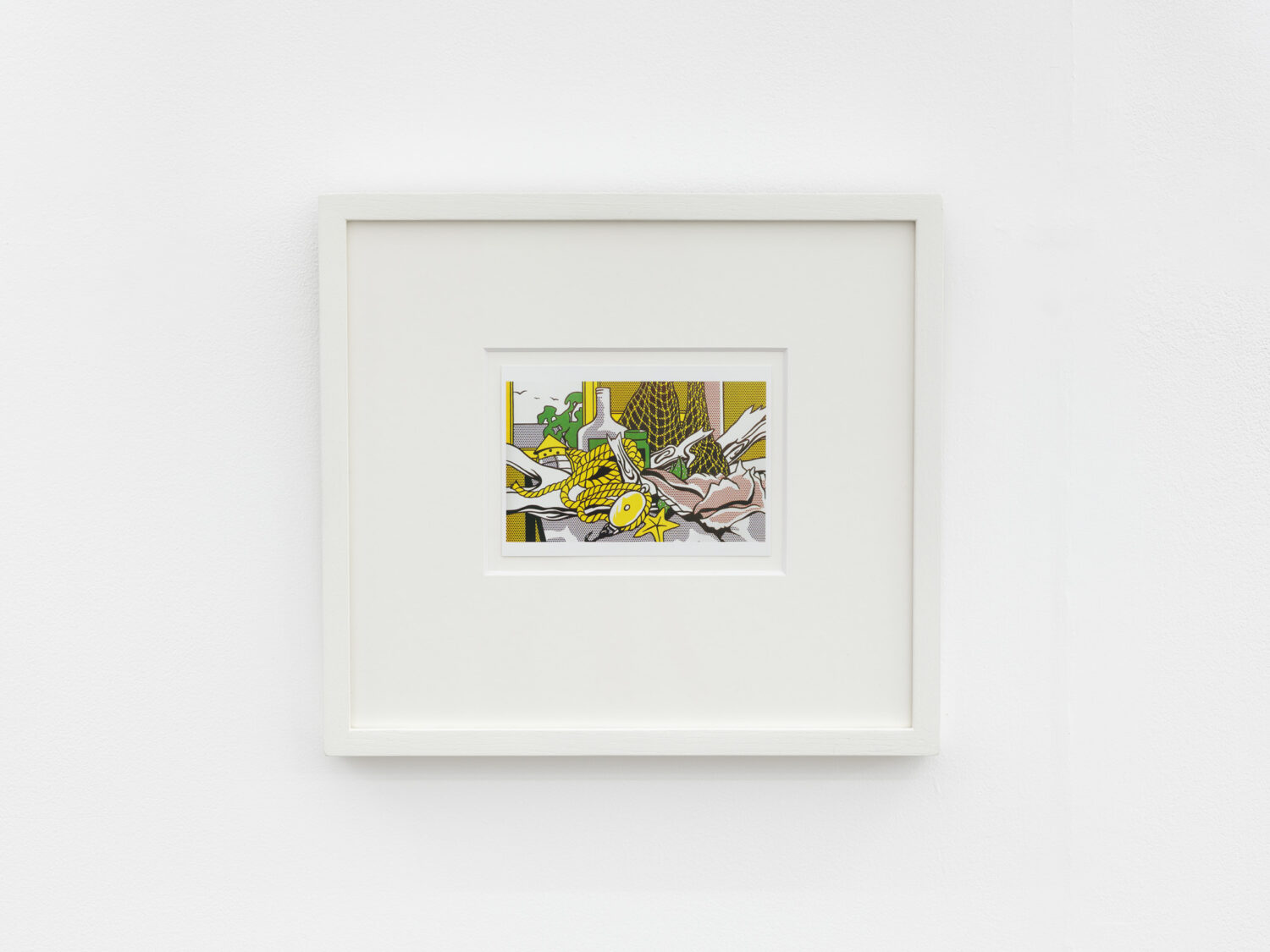
Rhianna Turnbull
Untitled, 2024
Framed digital print on card
34 × 31 × 3 cm -
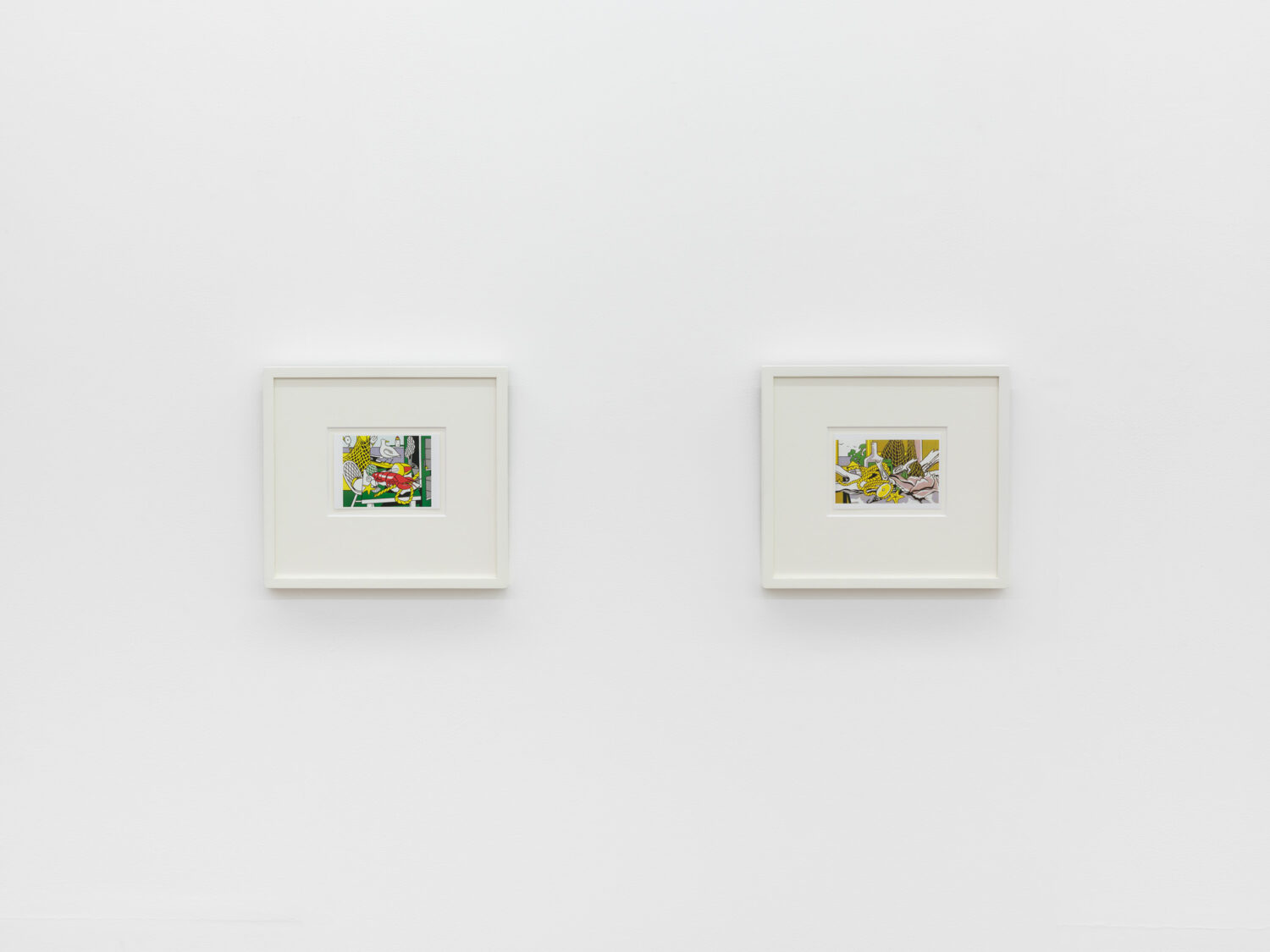
Rhianna Turnbull
Untitled, 2024 (Installation view) -
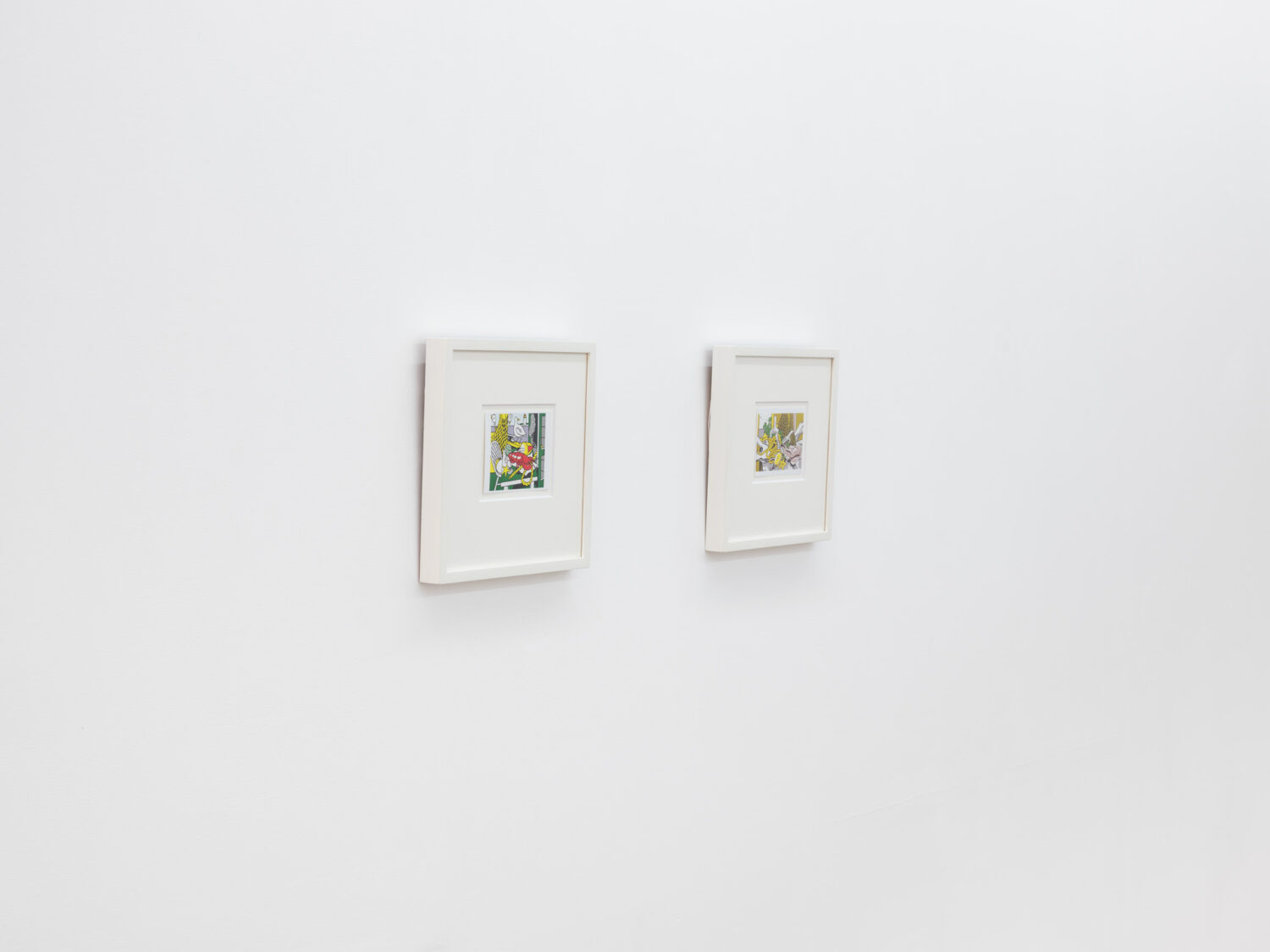
Rhianna Turnbull
Untitled, 2024 (Installation view) -
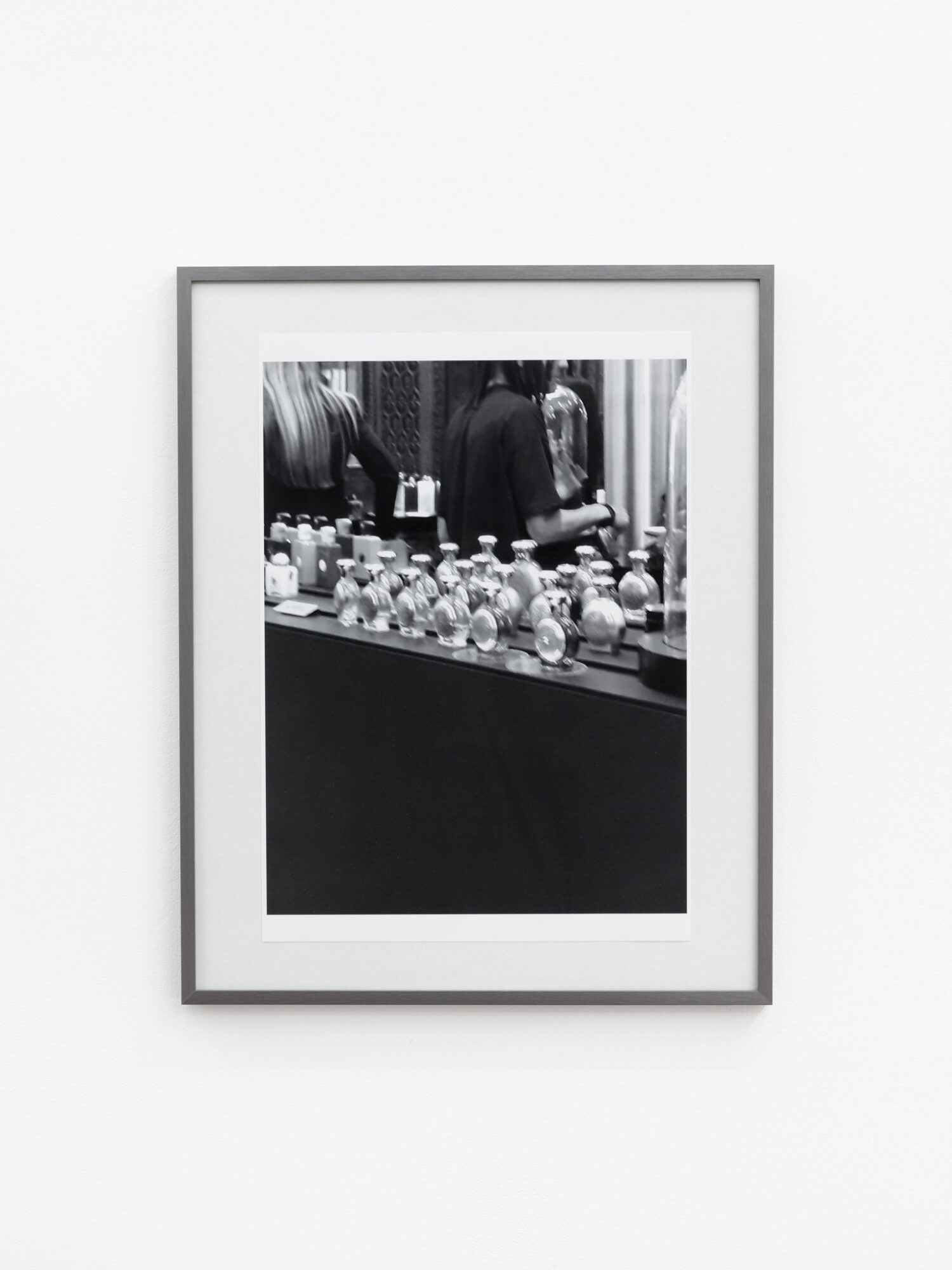
Rhianna Turnbull
Selfridges 10, 2024
Photographic print in aluminium frame
51 × 81 cm -
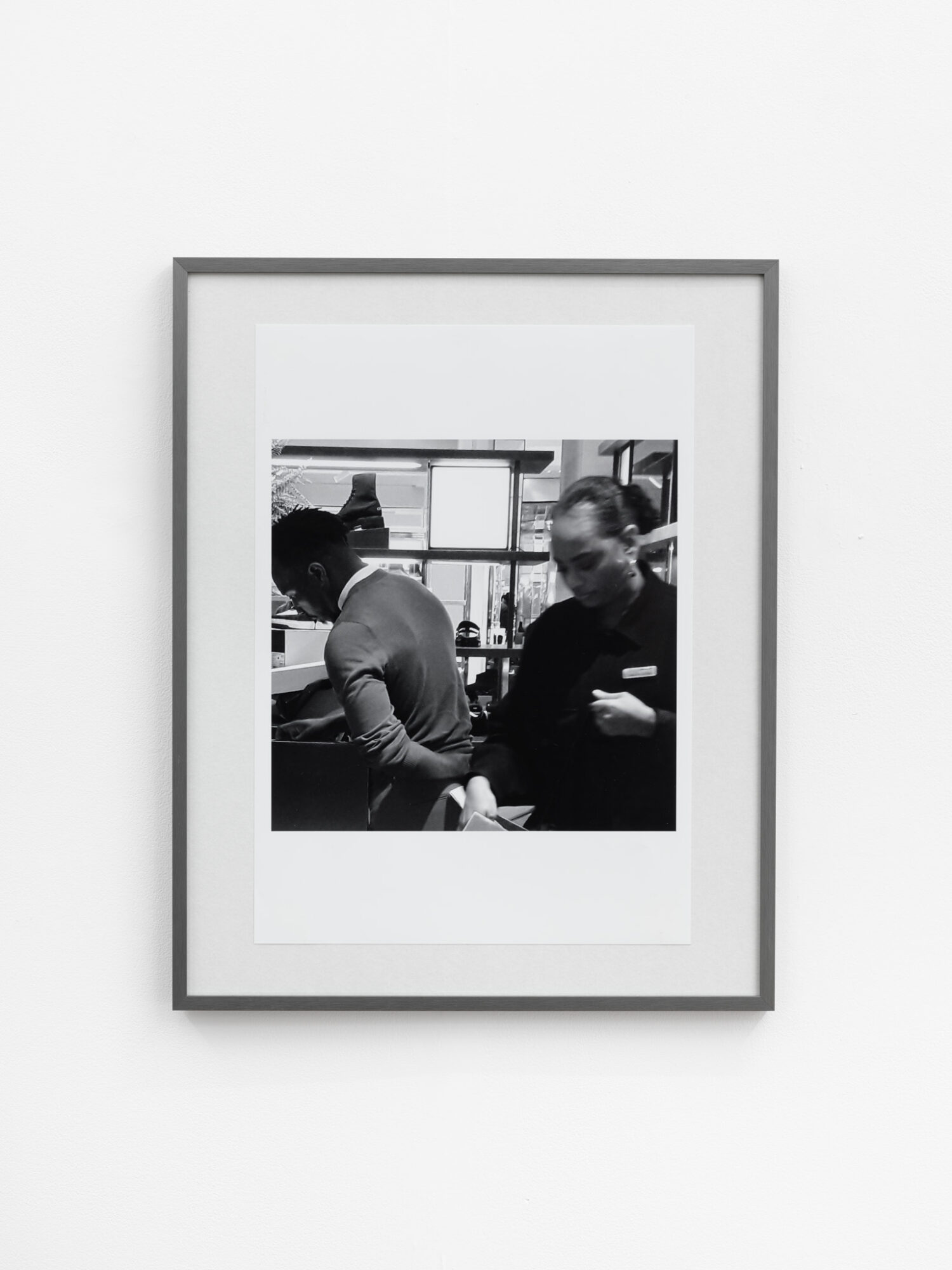
Rhianna Turnbull
Selfridges 4, 2024
Photographic print in aluminium frame
51 × 81 cm -
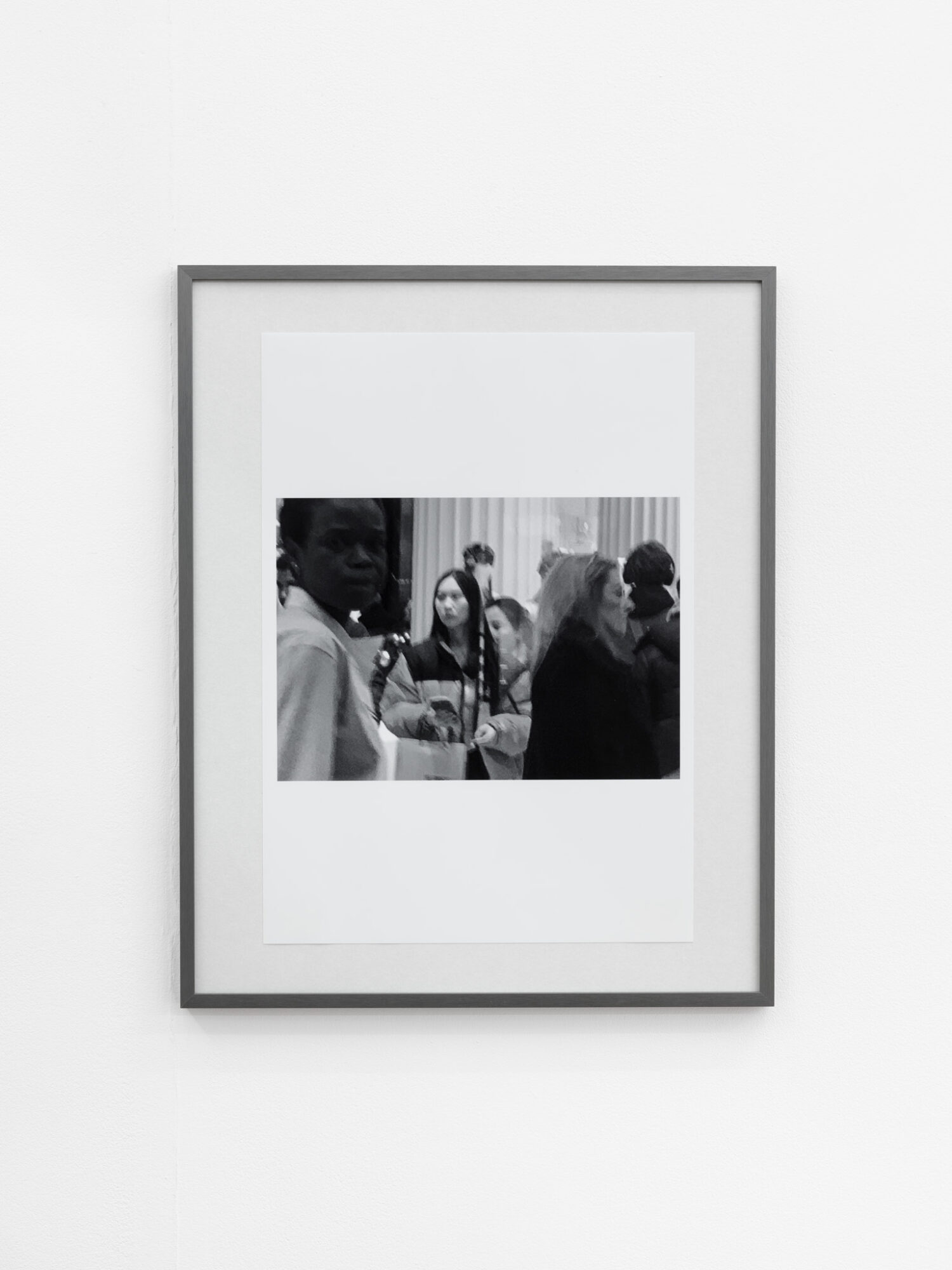
Rhianna Turnbull
Selfridges 11, 2024
Photographic print in aluminium frame
51 × 81 cm -
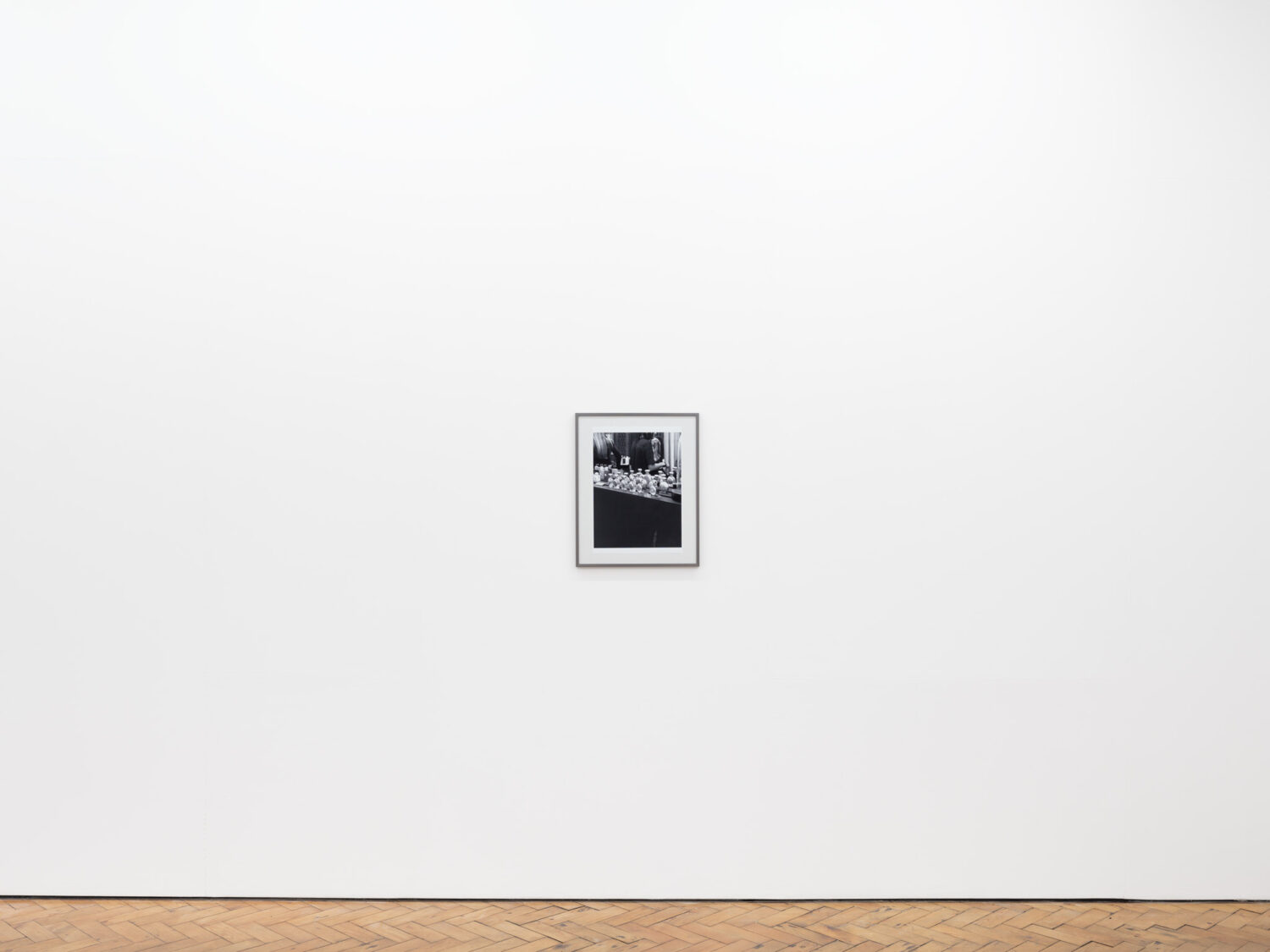
Rhianna Turnbull
Selfridges 10, 2024 (Installation view) -
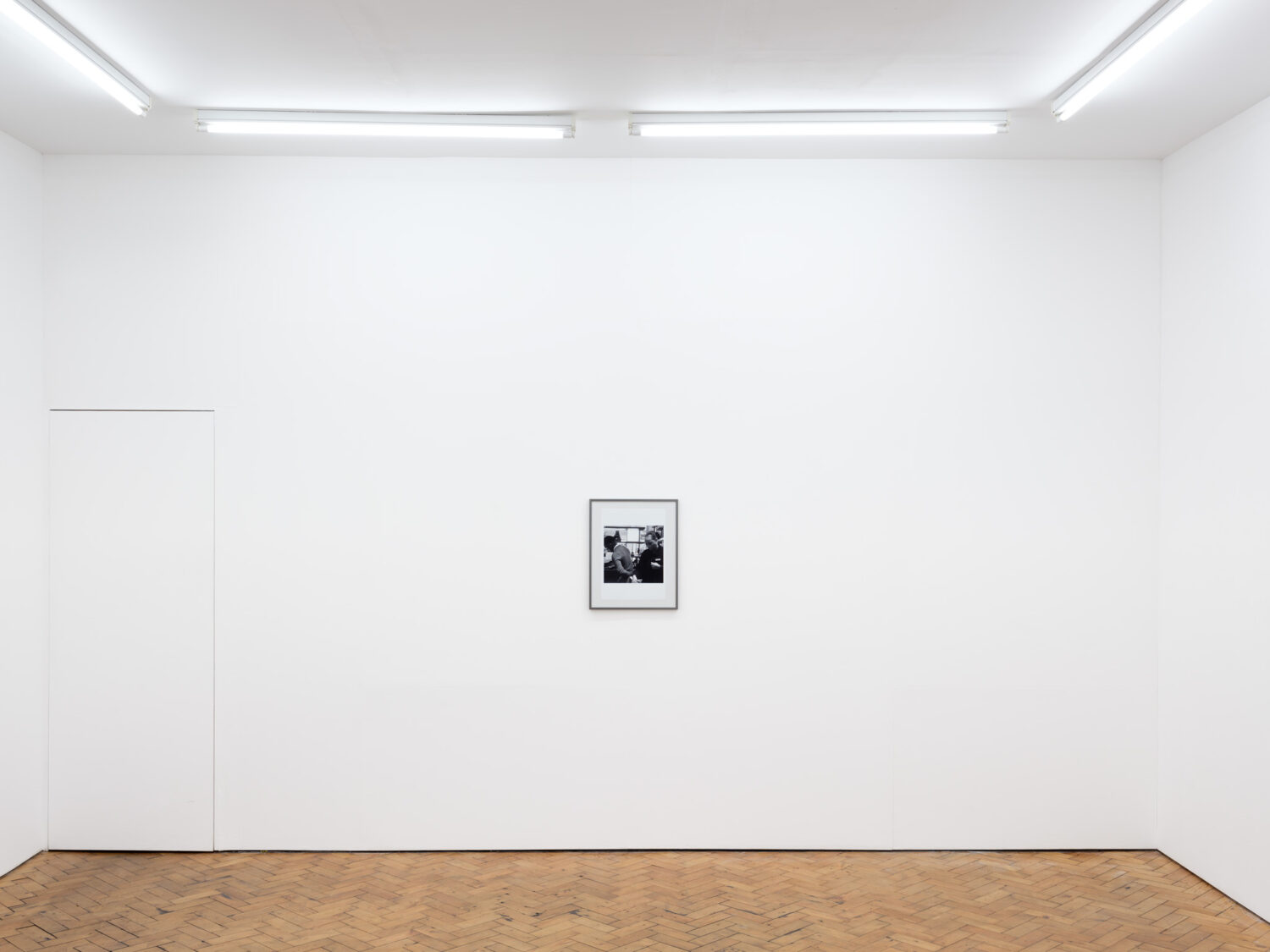
Rhianna Turnbull
Selfridges 4, 2024 (Installation view) -
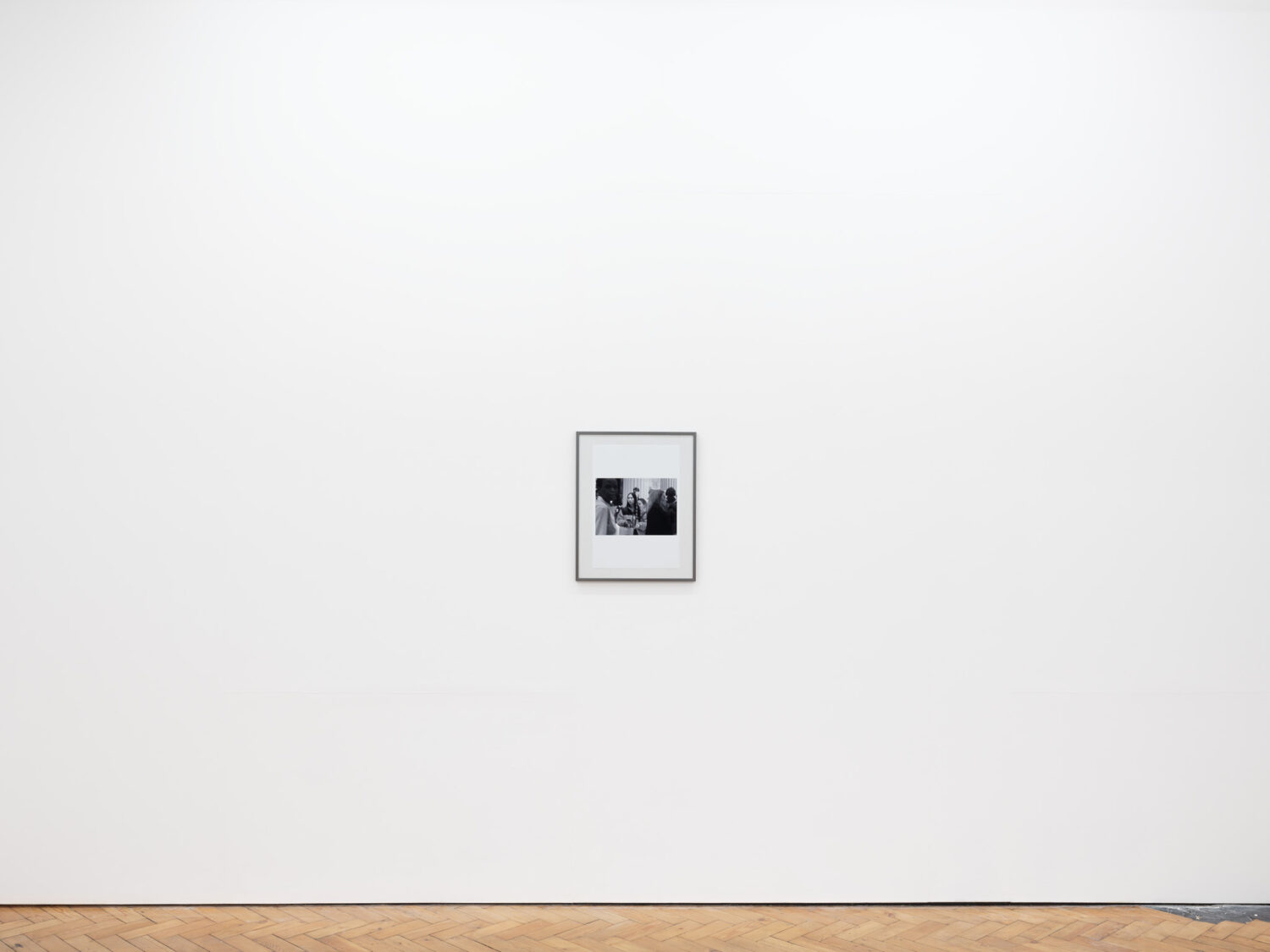
Rhianna Turnbull
Selfridges 11, 2024 (Installation view) -
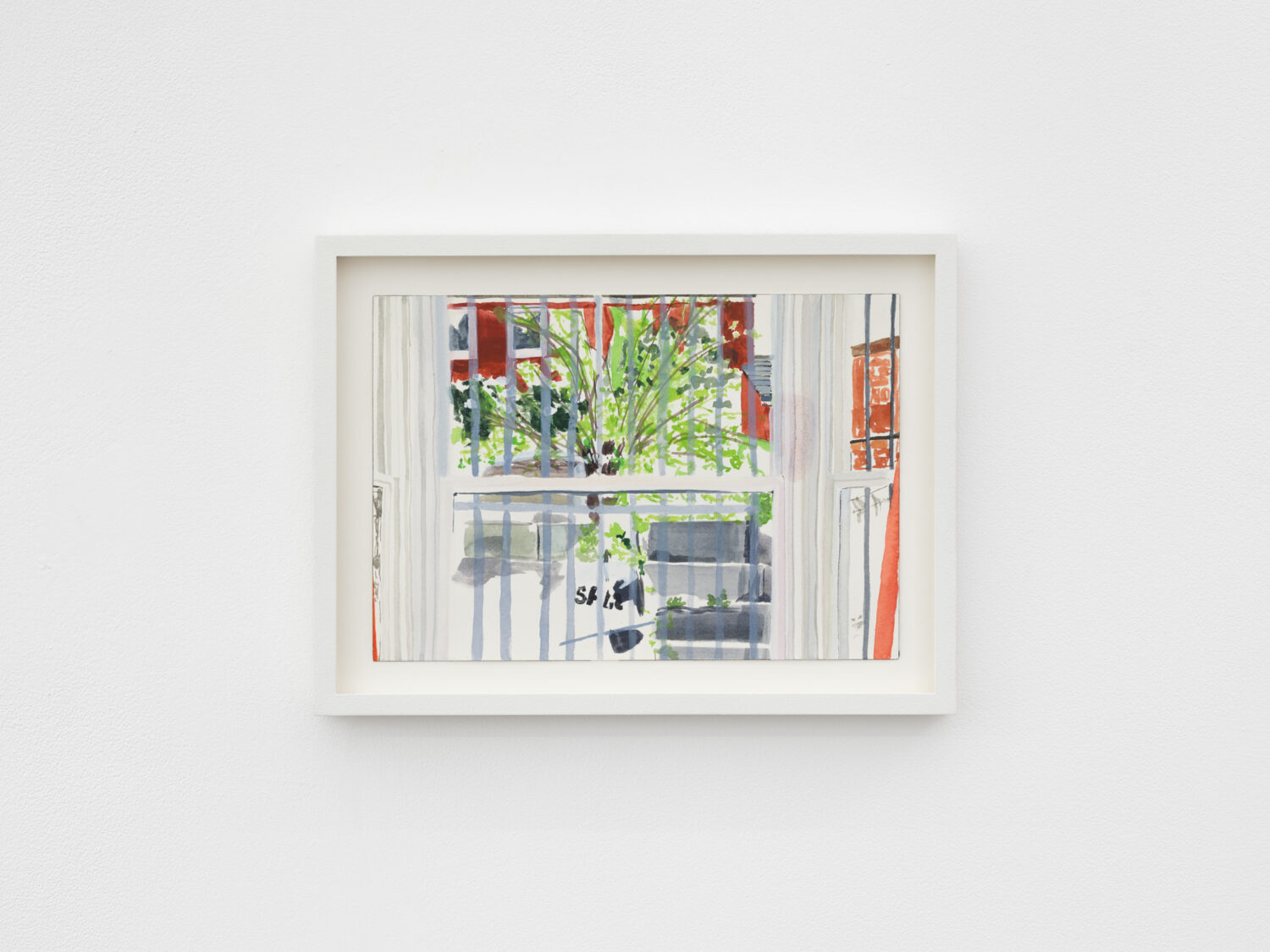
Rhianna Turnbull
Untitled, 2009
Watercolour on paper
32 × 27 cm -
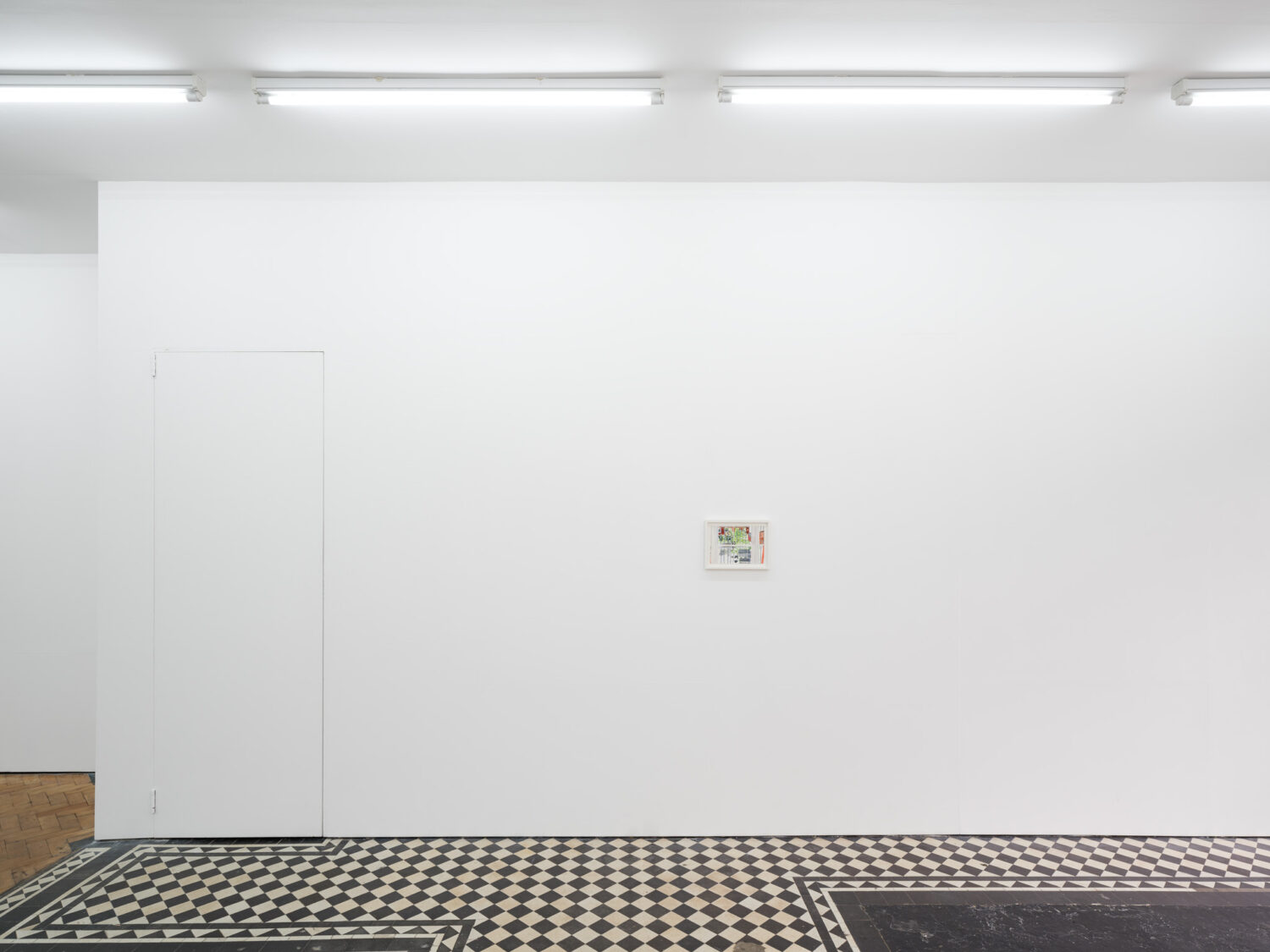
Rhianna Turnbull
Untitled, 2009 (Installation view) -
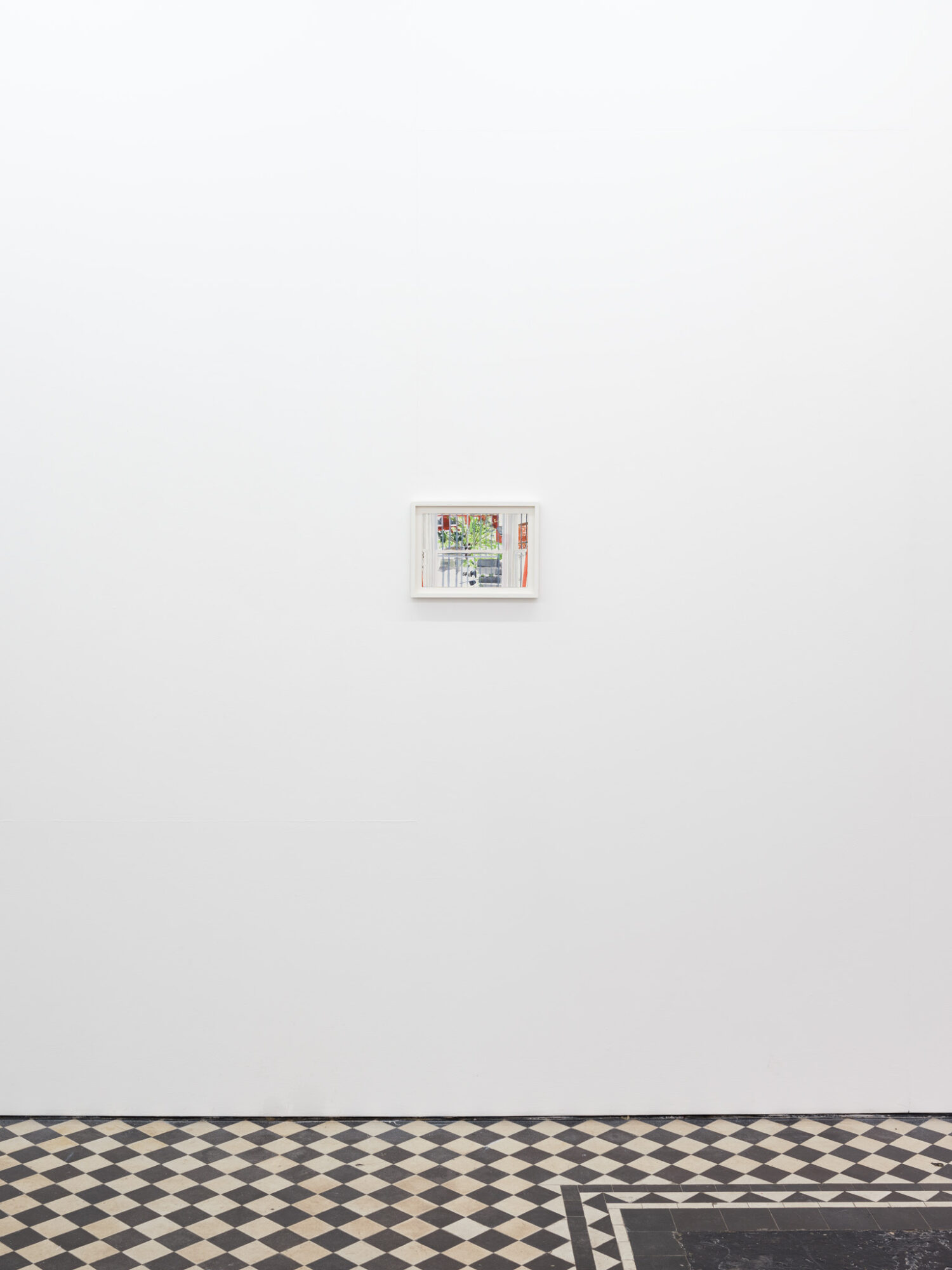
Rhianna Turnbull
Untitled, 2009
Watercolour on paper
32 × 27 cm